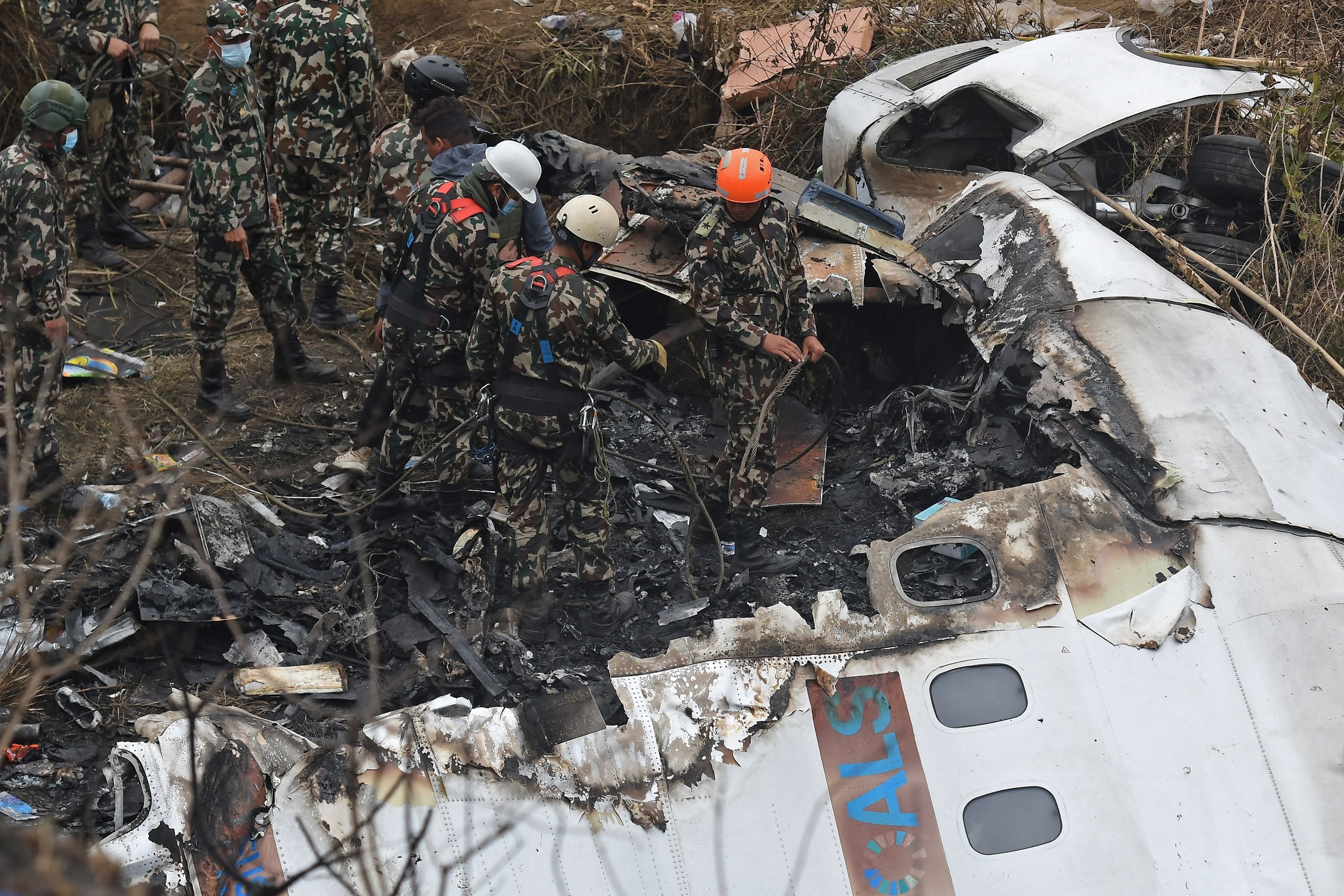
Unveiling the Tragic Flight: A Witness’s Lens on South Korea’s Deadly Plane Crash
The Witness’s Capturing Moment
On November 13, 2023, Yang In-mo, a 44-year-old resident of Uiryeong County, witnessed the tragic crash of Asiana Airlines Flight 103. Yang’s quick reflexes and presence of mind led him to capture a series of photographs that would become instrumental in understanding the disaster’s aftermath.
Yang’s photos, which quickly went viral on social media, depicted the fiery wreckage of the Boeing 737-800 aircraft scattered across a mountainside. The images provided a chilling glimpse into the severity of the crash and its devastating consequences.
Eyewitness Accounts and the Investigation
Yang’s photographs not only captured the immediate aftermath of the crash but also provided valuable clues to investigators. The images showed the aircraft’s trajectory before impact, indicating that it had struck a tree-covered ridge before plunging to the ground.
Eyewitness accounts, such as Yang’s, were crucial in piecing together the sequence of events. They helped investigators understand the possible causes of the crash, including pilot error, mechanical failure, or weather conditions.
The Aftermath and Compensation Claims
The crash of Asiana Airlines Flight 103 claimed the lives of three passengers and injured dozens more. In the aftermath of the disaster, the airline and the South Korean government faced scrutiny over their response to the tragedy.
Victims’ families and survivors filed compensation claims, seeking financial assistance for medical expenses, lost income, and emotional distress. The compensation process was complex and took into account factors such as the extent of injuries, lost earning potential, and the psychological impact of the crash.
Safety Concerns and Aviation Regulation
The crash of Asiana Airlines Flight 103 raised serious concerns about aviation safety and the effectiveness of existing regulations. Investigators examined the aircraft’s maintenance records, pilot training protocols, and air traffic control procedures.
The findings led to calls for stricter safety standards, improved pilot training, and enhanced oversight of the aviation industry. The South Korean government and international aviation authorities worked together to implement new regulations and guidelines to prevent similar tragedies in the future.
Lessons Learned: Human Error and Technological Advancements
The investigation into the crash of Asiana Airlines Flight 103 highlighted the importance of addressing human error in aviation. The findings emphasized the need for improved communication and coordination between pilots, air traffic controllers, and ground personnel.
At the same time, technological advancements played a vital role in the aftermath of the disaster. The widespread use of smartphones and social media enabled witnesses like Yang In-mo to capture and share critical evidence. Such advancements can help improve response efforts and enhance transparency in the investigation process.
Conclusion
The crash of Asiana Airlines Flight 103 was a tragic event that had a profound impact on the victims, their families, and the aviation industry. The role of Yang In-mo, the witness who captured the crash’s aftermath, underscores the importance of eyewitness accounts and the value of technological advancements in the investigation process.
The lessons learned from this disaster have helped improve aviation safety standards and regulations, while also highlighting the need for ongoing efforts to address human error and enhance communication within the aviation system. By understanding the complexities of this tragic flight and its aftermath, we can work towards preventing similar tragedies in the future.
